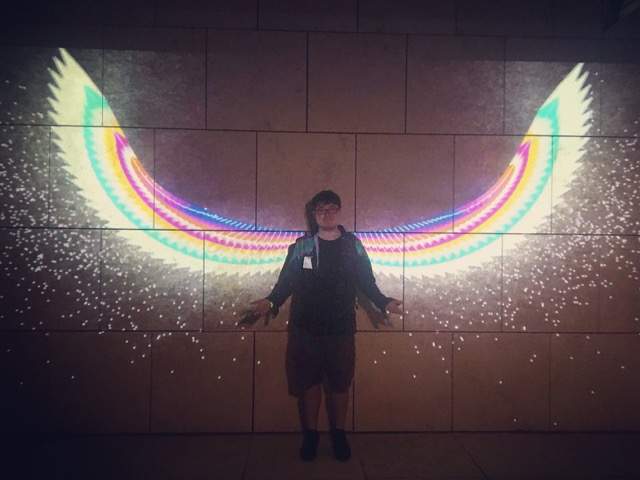
Xiaobo Ma on Freedom via Technology in MIYAVI’s “Hush Hush feat. Kang Daniel”
For an international superstar, scheduling is usually the greatest challenge. The music video for MIYAVI’s “Hush Hush feat. Kang Daniel” brought these two famous artists together; but not physically. Their performance together, as well as the locations in this video are the result of the most advanced digital manipulations. 3D designer Xiaobo Daniel Ma was the lead animator on this production which has become a massive fan favorite online. Xiaobo declares, “I accepted the position on this project without hesitation because it was the opportunity to collaborate with artists I admire while experimenting with cutting-edge technology. It’s not casually that I say what we were able to achieve something truly extraordinary through the adoption of cloud and real-time exchange technology, something we’ve always wanted to try.” These two music/acting artists are truly global focal points. MYAVI (MTV Europe Music Award Nominee and MTV Video Music Award Japan winner) has breached American audiences with concerts at LA’s Dodgers Stadium and appearances in films such as the Academy Award–nominated Unbroken. Kang Daniel (singer/actor) is one of South Korea’s most celebrated artists, earning more than seventy awards including The Seoul Music Award, APAN Music Awards, and Soribada Best K-Music Award, among others.

For Xiaobo, manifesting the impossible is simply another Tuesday. The frequency of him being asked to do this is something which continues to increase as he contributes his skill to productions like the upcoming Amazon Prime series Sprung (starring Garret Dillahunt of the Oscar Award–Winning film 12 Years a Slave), an unnamed major Sci-Fi franchise feature film, and the like. One of the often used tools by Xiaobo is the Unreal Engine, a real-time gaming engine versatile enough for cinematic shots. The city streets and city skyline settings in “Hush Hush feat. Kang Daniel” were created with this mechanism with staggering results. Xiaobo communicates, “We pushed the technology to the edge using a real-time gaming engine to create huge scenes that required a lot of production power before. Overall, the project was a success, showcasing the power of combining real-time technology with traditional cinematography. The decision to make the background fully computer-generated (CG) for this project stems from a tight schedule. The artists involved, who are already quite popular and busy, had limited availability for shooting. This necessitated a simple and efficient shooting process, minimizing location changes. To streamline the shooting process, some artists were shot in different scenes, even different cities, and later combined digitally. Additionally, certain scenes, particularly the abstract final scene with floating text and eyes, required extensive visual effects. Shooting these in a practical environment would have meant complex scene extensions. Instead, the team opted for green screen studio shoots, allowing for a more controlled environment and simplifying post-production efforts. This realism greatly enhances the scene for compositing, and while it may seem complex, it only requires a one-time setup. Subsequently, the directors and our team easily fine-tuned it to match our creative direction.”

While still offering a “traditional” storyline, the approach utilized on this music video supports wildly abstract moments such as when the guitar solo performance takes places in a white void amidst swirling words and elements. Technological advances like the Unreal Engine, under the artistry of those like Xiaobo Daniel Ma, empower the creative vision of directors and writers like never before. This particular scene with text dancing around the guitar performance also provided Xiaobo and his team with an unorthodox means of praise. He reveals that this swirling text includes the usernames of artist supporters, whether they’re part of a fan club or have financially backed the work of these artists. This inclusion is a nod to genuine fans and serves as a bonus feature for them. It’s a way for fans to see their names in a music video produced by their favorite artist, creating a sense of connection and appreciation. For Xiaobo, the opportunity to work with famous and respected music artists while experimenting with advanced technology alongside his peers meant that his time on MIYAVI’s “Hush Hush feat. Kang Daniel” checked all of the boxes for what is fulfilling in his vocation.
Writer: Winston Scott